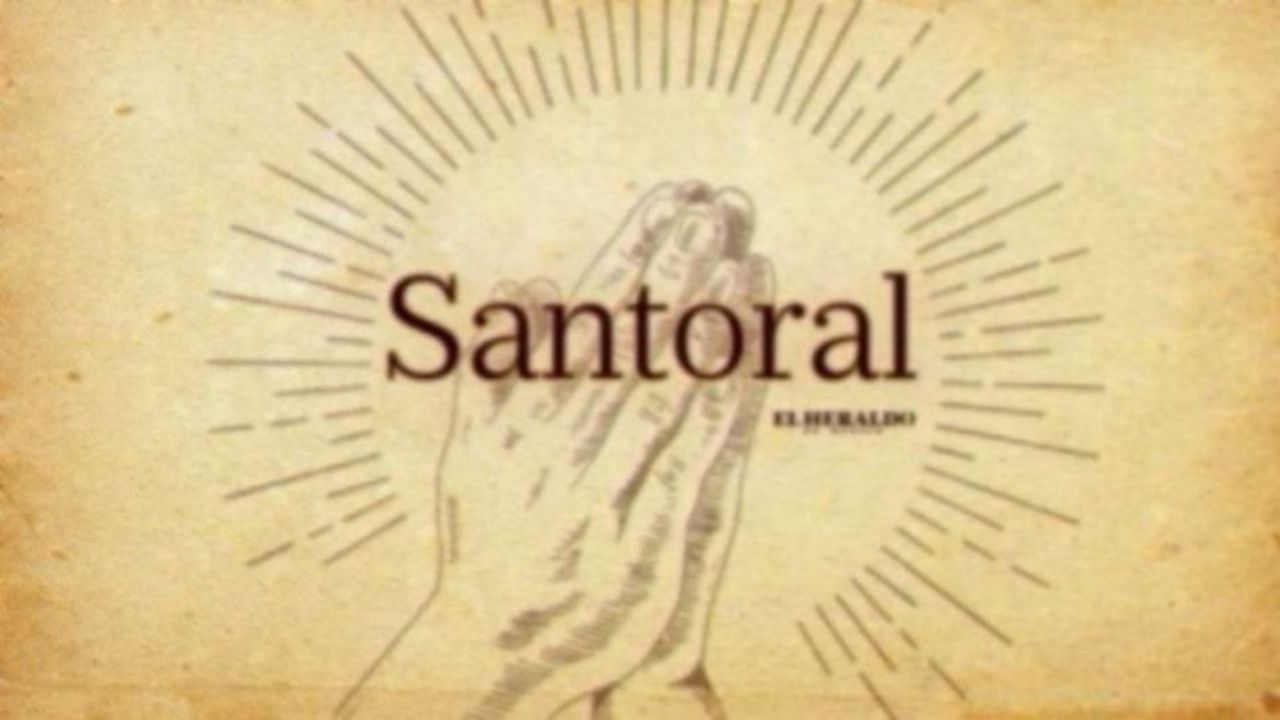
The consumption in Madrid It has improved remarkably in recent months but there are still areas to improve. In October, the streets of the capital of Spain registered a 3.5% less public influx and -6% in consumption than in the month of September.
This is what emerges from the latest installment of the TrueBroker Index, iTB. Two of the three prime areas of Madrid (Barrio de Salamanca and downtown area), maintained their values compared to the previous month, with a positive rebound in consumption of + 10.4% and + 36.7% respectively, although still with a slight drop in pedestrians (-3.1% and -15.4% respectively) in the same month prior to Covid19.
For its part, the third prime zone, the tourist center zone, experienced a great recovery in consumption, going from -22% in September to -4.9% in October. A great improvement, but still negative, although it shows how the recovery is gradually spreading from the commercial epicenter of the city to the periphery.
The study reflects a slight but notable recovery in office areas, although without any sign of sustained recovery and with a large drop in both the number of visitors (-40.9%) and consumption (-57.4%) with respect to to the prepandemic figures. These data confirm that there are still many people teleworking, which weighs on the city of Madrid, while residential areas remain unchanged, with the same drop in consumption from the previous month (-73%), and a similar influx of people in its streets, with -66%.
Unique neighborhoods
As for the unique neighborhoods, which have marked the leadership throughout the Covid (being the first area to achieve a positive rebound in sustained consumption), since June there has been a clear transfer of pedestrians and consumers in these areas to local downtown area. With this, the positive rebound in consumption with respect to before the Covid is being transferred, leaving the singular ones again in negative, and the local downtown area in positive, with a rebound in consumption of + 36.7%, led by Gran streets Vía-Callao (+ 45.4%) and Fuencarral Peatonal (+ 28.1%).
For Pablo Beltrán, CEO of TrueBroker, “This transfer from the unique neighborhoods to the local downtown area is a clear indicator that the people of Madrid have lost their fear of going out and that, in the future, the unique neighborhoods will emerge as the new protagonists of consumption”.
Although this return to confidence in “going out into the streets” is noticeable, there is still much to do according to Beltrán, “Since in October the volume of pedestrians was 31% lower than two years ago and the total consumption in the city is still 24.5% below the pre-Covid figures”.



